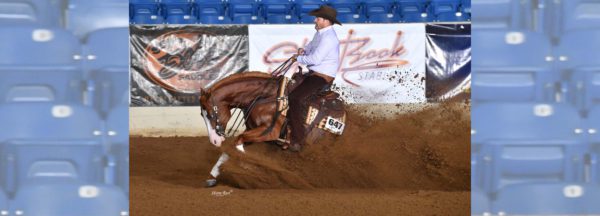The Secret to Getting Results With Your Horse

One of the most frustrating things in the world is trying to accomplish a task but having no idea how to go about doing it. “As a kid, I read a lot of books and watched many videos of horse trainers doing amazing things with their horses. They could get their horses to back up by just pointing a finger at them or they could two-track their horses all over the arena with seemingly invisible cues. I wanted nothing more than to be able to control my horse’s feet just like them and to have that type of success in the saddle,” Clinton says.
“While I was extremely impressed with these trainers’ ability to work with horses, they really started to frustrate me. While the horses they worked with in the book or on the video performed each exercise like an old pro, my horse was the complete opposite. I’d go out to the pasture to back him up, and he’d bare his teeth at me and lunge forward. I’d flip through the book or review the video trying to find the answer to ‘What if my horse tries to kill me?’ but I was left empty-handed. The trainers in the books or on the videos had me believing that the horse should respond perfectly to the exercise the first time I attempted it. In reality, nothing could be further from the truth. The reason why they made it look so easy in the book or on the video is because they were always using trained horses that knew what to do and what was expected of them.”
It wasn’t until Clinton started attending clinics and apprenticing under the late Australian horseman Gordon McKinlay that he realized horses are just like humans – they don’t learn perfectly. “When you first introduce a new lesson to a horse, he’s going to get confused, frustrated and maybe even agitated or nervous. And you know what? That’s absolutely OK. Horses are allowed to express all of those emotions when you’re training them. It’s our job as a trainer to learn how to help the horse understand in the easiest way possible what we expect of him,” Clinton says.
After working with thousands of horses, Clinton realized that horses learn best using a step-by-step system. “They’re smart creatures, but they can’t process too many different things at the same time. I soon realized that if I took the time to break a lesson into steps and introduced each step to the horse separately, he caught on to the lesson a lot more quickly and progressed through his training at a faster rate,” Clinton says.
Learn more about how your horse thinks and perceives the world around him in Clinton’s Philosophy Series. It’s a free resource available to view on the Downunder Horsemanship app. To watch the series, go to the video category of the app and scroll down to the Philosophy section.
